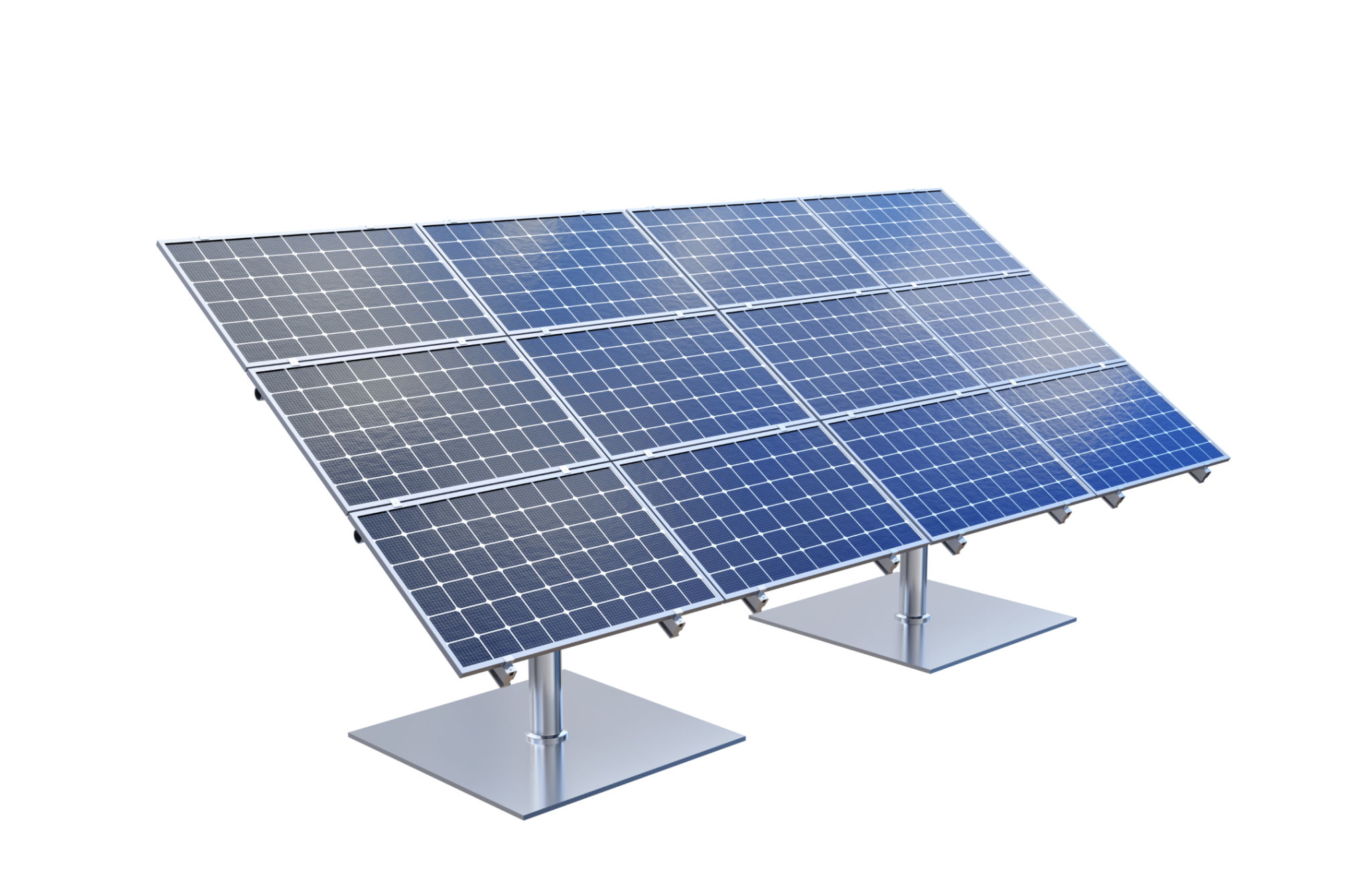Creating a Sustainable Workspace: Lessons from Point Preserve's Eco-Friendly Campus
The Importance of Sustainable Workspaces
As businesses worldwide strive for greener operations, creating a sustainable workspace has become a top priority. Not only does it reduce the environmental impact, but it also enhances employee well-being and productivity. Point Preserve's Eco-Friendly Campus is a prime example of how organizations can successfully integrate sustainability into their work environments.

Designing with Nature in Mind
At Point Preserve, the design of the campus is deeply intertwined with the natural landscape. Buildings are strategically positioned to maximize natural light, reducing the need for artificial lighting. Large windows and open spaces create a seamless connection between the indoors and outdoors, promoting a sense of calm and focus among employees.
The use of sustainable materials is another crucial aspect. Recycled and locally sourced materials are used extensively throughout the campus, minimizing the carbon footprint associated with transportation and manufacturing.
Energy Efficiency and Renewable Resources
Point Preserve has invested significantly in energy efficiency. Solar panels adorn rooftops, harnessing the sun's energy to power facilities. Additionally, geothermal heating and cooling systems provide an efficient alternative to traditional HVAC systems, further reducing energy consumption.

Smart technology plays a pivotal role as well. Automated lighting and climate control systems adjust based on occupancy and time of day, ensuring energy is used only when necessary. This approach not only reduces costs but also sets a benchmark for responsible resource management.
Water Conservation Measures
Water scarcity is a growing concern, and Point Preserve addresses this with innovative conservation strategies. Rainwater harvesting systems collect and store rainwater for irrigation and non-potable uses, significantly reducing reliance on municipal water supplies.
Low-flow fixtures and water-efficient landscaping further enhance water conservation efforts. Native plant species are chosen for their drought resistance, ensuring that the campus remains lush and green with minimal water usage.

Promoting Sustainable Transportation
Encouraging eco-friendly commuting options is another cornerstone of Point Preserve's sustainability strategy. The campus offers extensive bike parking facilities and electric vehicle charging stations, incentivizing employees to choose greener modes of transport.
Public transportation is also made easily accessible, with shuttle services connecting the campus to nearby transit hubs. This reduces the dependency on personal vehicles, contributing to a decrease in overall carbon emissions.
Engaging Employees in Sustainability
Ultimately, the success of a sustainable workspace hinges on employee engagement. Point Preserve fosters a culture of sustainability through regular workshops and training sessions, empowering employees to adopt eco-friendly practices both at work and in their personal lives.
The campus also features communal gardens where employees can grow their own produce, promoting a deeper understanding of sustainable food practices and encouraging a sense of community.

Lessons for Other Organizations
The journey of Point Preserve offers valuable lessons for other organizations aiming to create sustainable workspaces. By prioritizing eco-friendly design, investing in renewable resources, and fostering a culture of sustainability, businesses can significantly enhance their environmental impact while reaping benefits in employee well-being and operational efficiency.
As we look towards a more sustainable future, the steps taken by Point Preserve serve as an inspiring blueprint for others to follow.